|
0 Comments
By: Joe Stone Two decades of drought conditions in the Colorado River Basin have prompted dire warnings and alarming headlines about climate change and the Colorado River water crisis. Critically low water levels in lakes Mead and Powell now threaten the ability to generate electricity at Glen Canyon and Hoover dams and spurred Bureau of Reclamation Commissioner Camille Touton to issue an ultimatum: On June 14, Touton announced that Colorado Basin states would have 60 days to come up with a plan to reduce water use by 2-4 million acre-feet per year. (An acre-foot of water is the amount needed to cover an acre of land with one foot of water.)
If Colorado, Wyoming, Utah, New Mexico, Arizona, Nevada and California can’t agree on a plan, the bureau will use its emergency authority to make the cuts, Touton said. The Arkansas Basin receives about 130,000 acre-feet of water per year from the Colorado Basin – up to 23 percent of Arkansas River flows, according to Colorado Division of Water Resources data. The Bureau of Reclamation operates the Fryingpan-Arkansas Project, which imports an average of 57,000 acre-feet of water per year. Colorado Springs, Pueblo and Pueblo West combine to import the other 73,000 acre-feet. By Ralph "Terry" Scanga, General Manager, Upper Arkansas Water Conservancy District
It should be obvious to anyone; trying to fill a bathtub with the drain wide open is foolish. This is precisely what the operators of the Colorado River System (Lake Powell & Mead) have been attempting to do for the past 20 years. They have disregarded the increased withdrawals to the Lower Basin States (California, Arizona, and Nevada) and the ubiquitous arid nature of the Southwest. By: Joe Stone, Heart of the Rockies Radio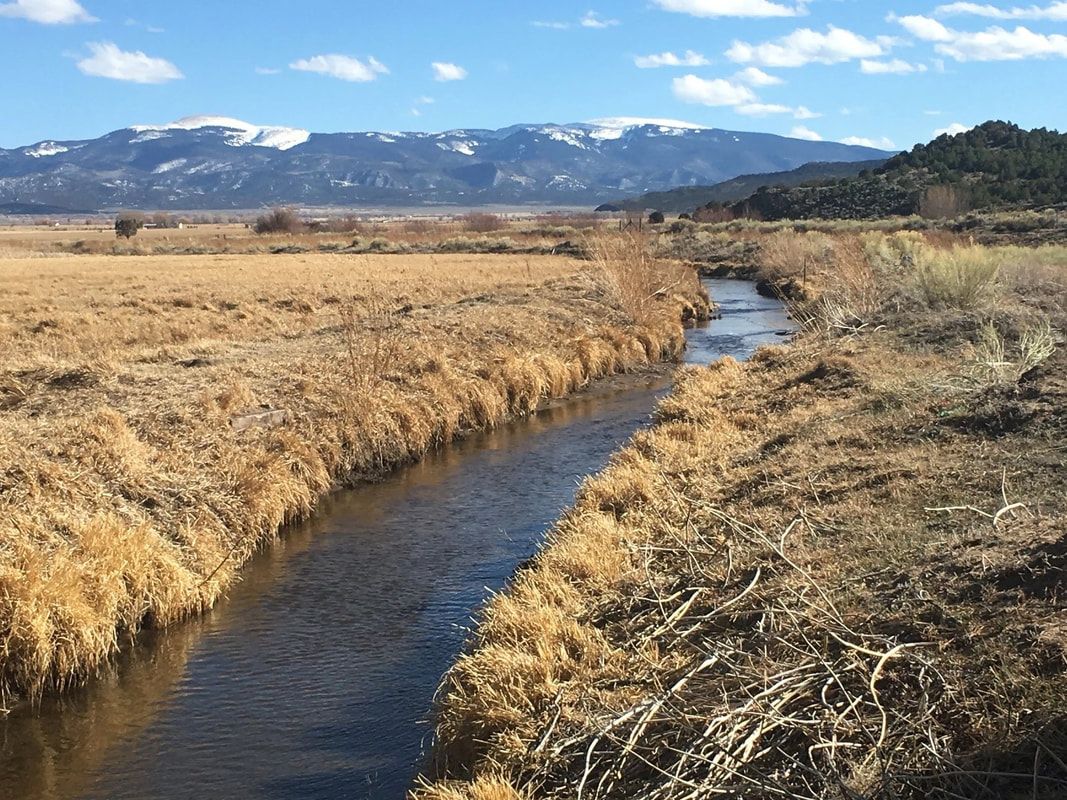 “Here is a land where life is written in water.” — Thomas Hornsby Ferril, Colorado Poet Laureate The People’s Ditch of San Luis diverts water from Culebra Creek in Costilla County. Established in 1852, the People’s Ditch represents the oldest continuous water right in Colorado (photo by Gregory Hobbs). By: Ralph L. (Terry) Scanga, Jr., General Manager Upper Arkansas Water Conservancy District In 1979 the Upper Arkansas Water Conservancy District was formed. Since that time innumerable benefits have been provided to the citizens of the District. The primary goal of the District is the protection of water rights within the Upper Arkansas. Continuous monitoring and involvement in legislative measures that impact water rights, involvement in water court cases that have the potential to negatively impact Upper Basin water rights, and operating umbrella augmentation plans that prevent injury to water rights by making weekly water replacements to effected rivers and streams by out of priority uses are the major areas of work. Other areas include conducting water studies that include ground water monitoring, water balance studies with the United States Geologic Survey, Identification of and development of alluvial water storage, watershed health activities, such as spearheading the Monarch Pass Steep Slope Timber Harvesting Project, and water education programs. The benefits of these programs are not always recognized by the citizens of the District.
Water resource development is essential to an effective water right protection program. The most obvious and direct benefit of this is the District’s umbrella augmentation plan program. Augmentation is a little understood water resource concept that was developed in 1969 when Colorado fully recognized in legislation the connection between tributary ground water and surface water. With this recognition all ground water production was brought under and regulated by the prior appropriation system. Basically, this meant that the right to extract ground water for use would be governed by the date of first use. In an arid country such as Colorado, and in particular Eastern Colorado, there is never enough water to satisfy all legal claims. Thus, priority of use is controlled by the established date of first use or “First in Time is First in Right”. This legislation prevented most well use except when a “fully consumable” water source was utilized to replace the amount of water used-up by the well. In other words, the well use would have to be augmented with a court decreed “Plan of Augmentation”. The full impact of this was not completely felt until the decision of the Kansas-Colorado Compact lawsuit and the adoption by Colorado in 1995 of the “Amended Rules and Regulation on Tributary Ground Water Use in the Arkansas Basin”. Fortuitously the District had filed in 1992 and obtain an umbrella augmentation plan in 1994. The benefits have been enormous for citizens within the District boundaries of its decreed augmentation areas needing augmentation to use their wells, surface diversion, or ponds. The value of being able to enroll into the District’s augmentation plan and continue to use one’s well is best quantified by cost savings. Typical residential well augmentation requires a source of fully consumable water, storage, an engineering plan, and a water court decree. The typical current cost for such a plan range from a low of $80,000 to $150,000 per residence. The cost per residence with the District’s plan is less than $4500, a savings per residence of $75,000 to over $145,000. Presently, the District provides augmentation to over 2000 wells. The vast majority of these are for residential use. This savings expressed in dollars would represent a cost savings to District citizens of as much as $290 million dollars. The additional and as important benefit is to the rivers and streams in the District. Annually, over 700-acre feet of water is released to our streams and available to support water rights and protect them from injury. Further benefits are the water infrastructure that is maintained and constructed that supports recreation and the environment. Many of the area lakes and reservoirs are filled with District owned and controlled water rights, such as O’Haver Lake. The studies and watershed health projects the District has undertaken in its 35 years of existence provides a wealth of knowledge and data for present and future understand of our water resource and a roadmap to future water development. By: Ralph “Terry” Scanga, General Manager |
ABOUTLocal water news by the Upper Arkansas Water Conservancy District Archives
August 2023
Categories |
CONNECT |
|
UAWCD Technology Accessibility Statement
UAWCD is committed to providing equitable access to our services to all Coloradans.
Our ongoing accessibility effort works towards being in line with the Web Content Accessibility Guidelines (WCAG) version 2.1, level AA criteria. These guidelines not only help make technology accessible to users with sensory, cognitive and mobility disabilities, but ultimately to all users, regardless of ability.
Our efforts are just part of a meaningful change in making all State of Colorado and local government services inclusive and accessible. We welcome comments on how to improve our technology’s accessibility for users with disabilities and for requests for accommodations to any UAWCD services.
Requests for accommodations and feedback
We welcome your requests for accommodations and feedback about the accessibility of UAWCD’s online services. Please let us know if you encounter accessibility barriers. UAWCD is committed to responding as quickly as possible.
E-mail: [email protected]
Mail: P.O. Box 1090, Salida, CO 81201
Phone: 719-539-5425 (Written requests are preferred. If you are unable to submit your request in writing, you are welcome to contact us by telephone at this number.)
UAWCD is committed to providing equitable access to our services to all Coloradans.
Our ongoing accessibility effort works towards being in line with the Web Content Accessibility Guidelines (WCAG) version 2.1, level AA criteria. These guidelines not only help make technology accessible to users with sensory, cognitive and mobility disabilities, but ultimately to all users, regardless of ability.
Our efforts are just part of a meaningful change in making all State of Colorado and local government services inclusive and accessible. We welcome comments on how to improve our technology’s accessibility for users with disabilities and for requests for accommodations to any UAWCD services.
Requests for accommodations and feedback
We welcome your requests for accommodations and feedback about the accessibility of UAWCD’s online services. Please let us know if you encounter accessibility barriers. UAWCD is committed to responding as quickly as possible.
E-mail: [email protected]
Mail: P.O. Box 1090, Salida, CO 81201
Phone: 719-539-5425 (Written requests are preferred. If you are unable to submit your request in writing, you are welcome to contact us by telephone at this number.)
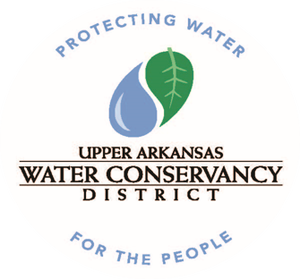
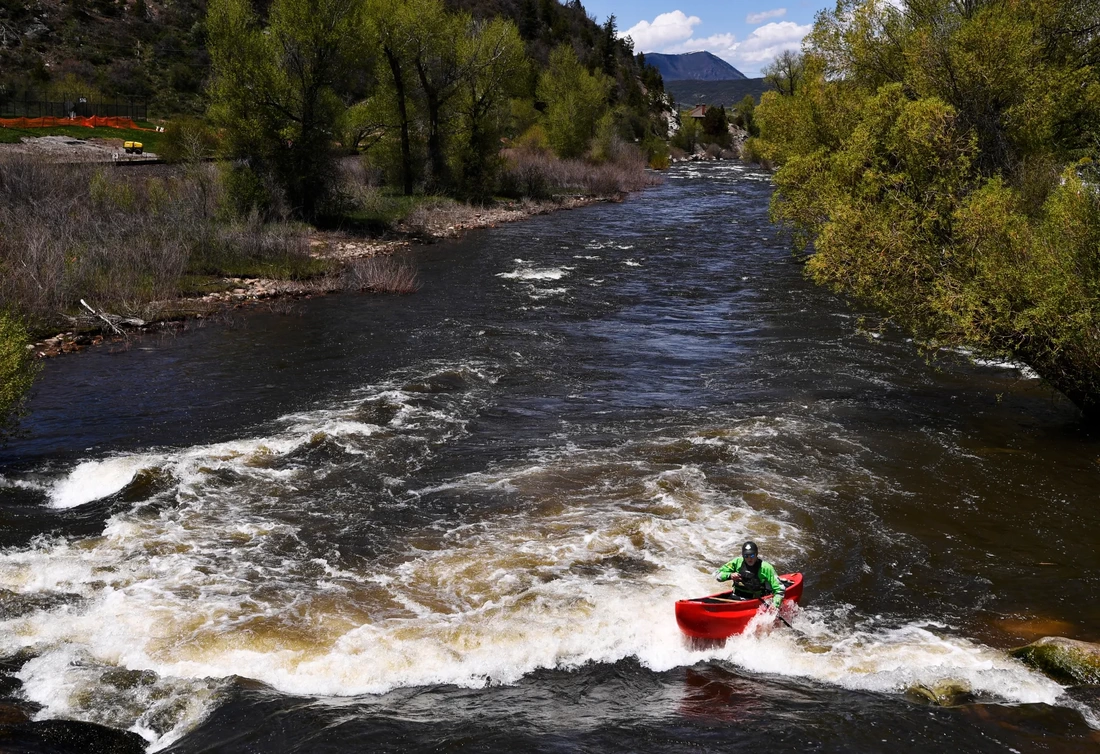
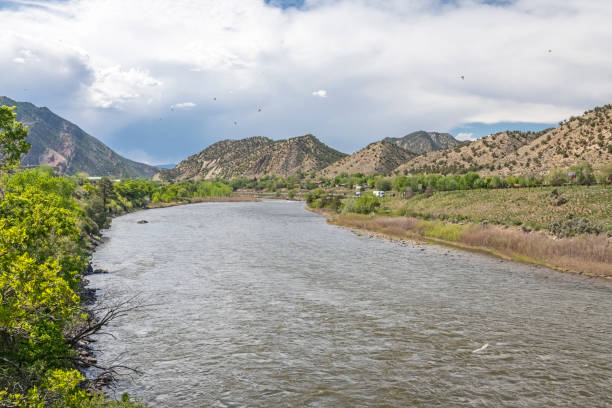
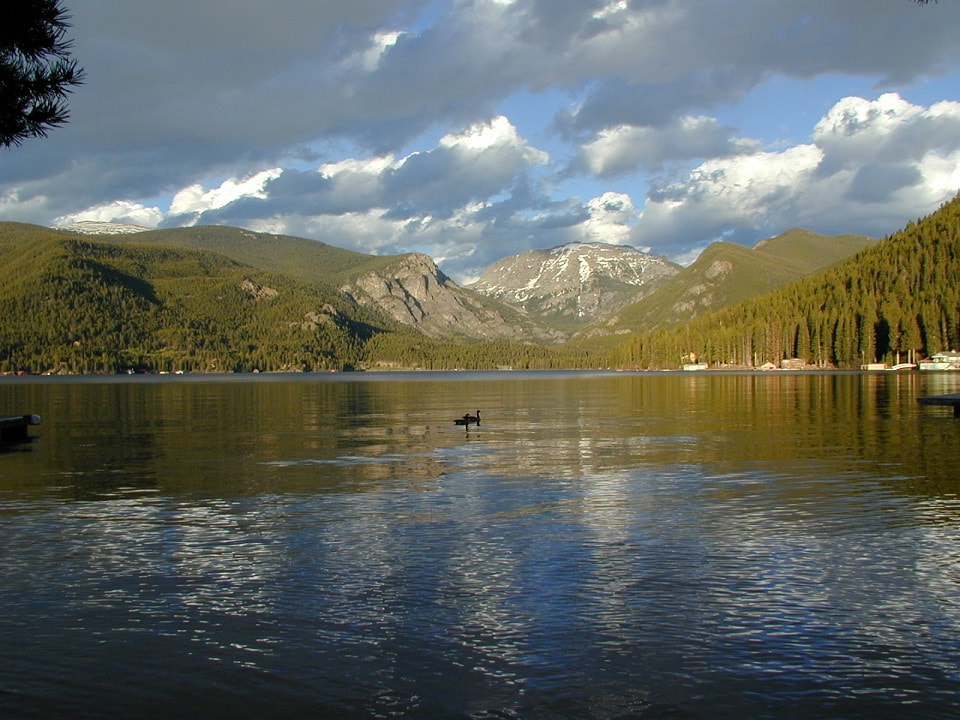
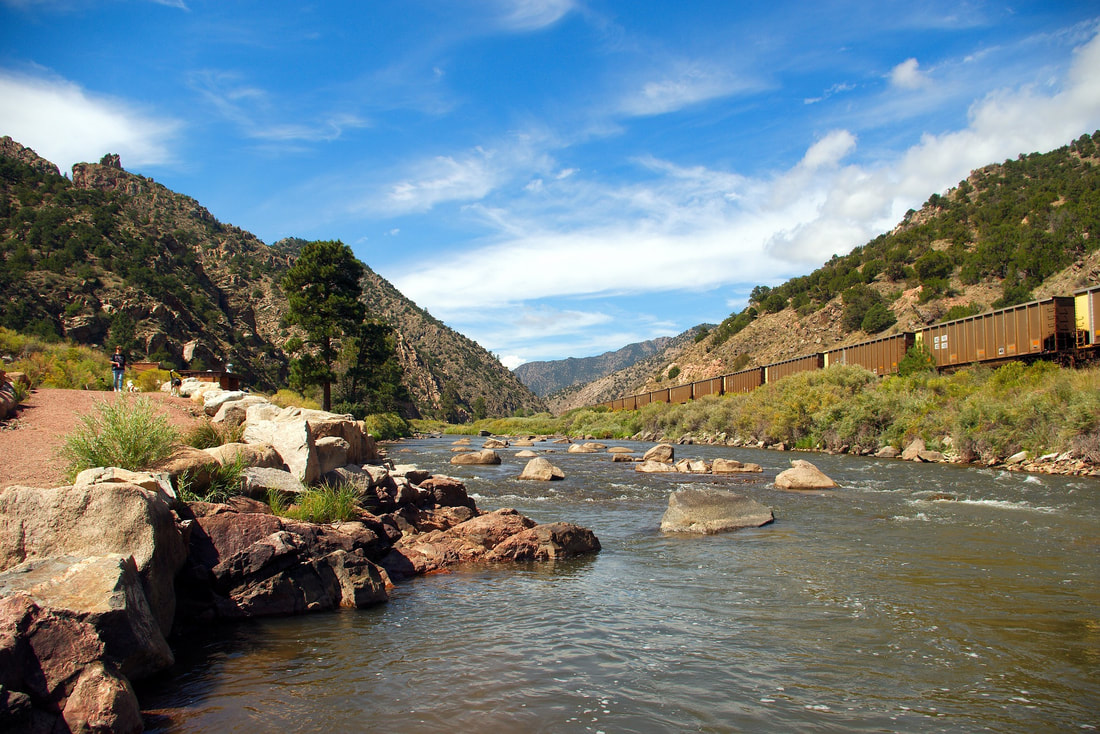




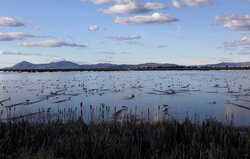
 RSS Feed
RSS Feed